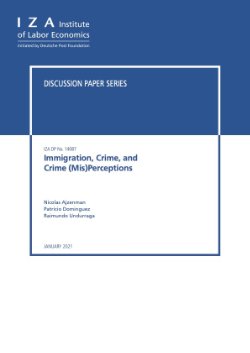By María Fernanda Bozmoski, María Eugenia Brizuela de Avila, and Domingo Sadurní
Citizens across Latin America and the Caribbean are rising up in protest. Political frustration and economic stagnation are fueling social discontent exacerbated by the continued COVID-19 pandemic and the slow health response. In Central America, restrictions on civil liberties, high rates of gender-based violence and extortion, and worsening climate change are compounding the lack of economic opportunities and pervasive corruption seen in El Salvador, Guatemala, and Honduras. In the year of its bicentennial, can northern Central America chart a new path, in partnership with the United States, to tackle the sources of social instability that are forcing migrants to seek a better life?
In July 2021, the Joseph Biden administration released the US Strategy for Addressing the Root Causes of Migration in Central America report. Three of its five pillars call for the United States and northern Central American countries to work together to respect human rights and a free press, counter violence at the hands of criminal organizations, and combat sexual and gender-based violence.1 To ensure a sustained and effective implementation of this strategy, especially on these three pillars, the United States will need to find new ways to work closely with northern Central American governments, domestic and international private sectors, and organized civil-society groups. Following consultations with the Adrienne Arsht Latin America Center’s Northern Triangle Advisory Group (NTAG), this brief highlights the importance of implementing a holistic, multisector approach to mitigate gender-based violence, protect civil liberties and human rights, and build climate resilience. This brief is the third in a three-part series by the Atlantic Council’s Adrienne Arsht Latin America Center and DT Institute that provides policy recommendations for the United States and its northern Central American partners to address the root causes of migration.
Washington, DC: The Atlantic Council, 2021.





















